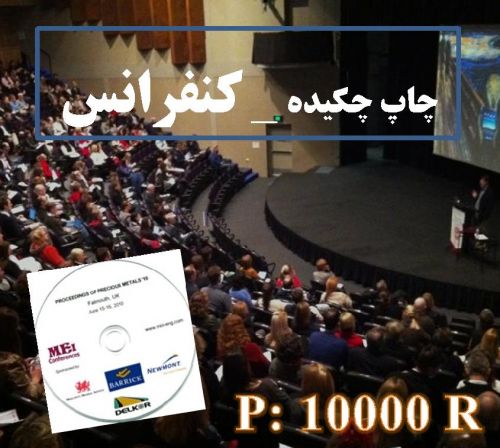Introduction: Biosurfactants are surface-active compounds that, produced by several microorganisms such as bacteria and fungi (especially yeasts). They have extracellular or cell wall associated sources. Biosurfactants have several advantages including; biodegradability, low toxicity, diversity of applications and functionality under extreme conditions. Rhodotorula species are mainly composed biosurfactant and thus provided new possibilities for industrial application. The main aim of the present study was to determine biosurfactant production by the strains of Rhodotorula. Materials and Methods: In the present study 54 strains of Rhodotorula including R. glutinis (48), R. minuta (2), R. mucilaginosa (2) and Rhodotorula species (2) recovered from hospital environment were examined for biosurfactant production. All strains were inoculated in 5ml of Sabouraud dextrose broth and incubated at ambient temperature at the shaker for 4 days. Then cultures were centrifuged at 1500g for 15min to got cell free broth. 45ml of distilled water was added to Petri dish with a diameter of 15cm. Then 20μl diesel oil was dropped on to the surface of the water and finally 10μl of cell free supernatant was added. The diameter and the clear halo visualized under visible light were measured after 30s using a ruler. Results: In the present study, although all tested strains capable to produce biosurfactant in vitro, the degree of biosurfactant was different among stains. 7.41% strains had the highest (+5) biosurfactant activity followed by 16.67%, 29.63%, 25.93% and 20.37% had +4, +3, +2 and +1, respectively. Discussion: Rhodotorula species are suitable organisms for the production biosurfactants and R. glutinis strains have the greatest ability to produce biosurfactant than other species.
کلید واژگان :Biosurfactant; Rhodotorula glutinis; Rhodotorula Species
ارزش ریالی : 100000 ریال
با پرداخت الکترونیک
جزئیات مقاله
- کد شناسه : 7145983002441307
- سال انتشار : 2014
- نوع مقاله : چکیده مقاله پذیرفته شده در کنفرانس ها(فایل کامل مقاله بارگزاری گردد)
- زبان : انگلیسی
- محل پذیرش : 3nd Iranian congress on medical mycology
- برگزار کنندگان :
- تاریخ ثبت : 1395/01/17 08:50:24
- ثبت کننده : علی زارعی محمودآبادی
- تعداد بازدید : 235
- تعداد فروش : 0
